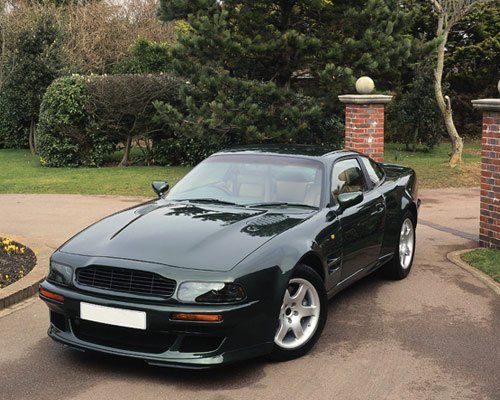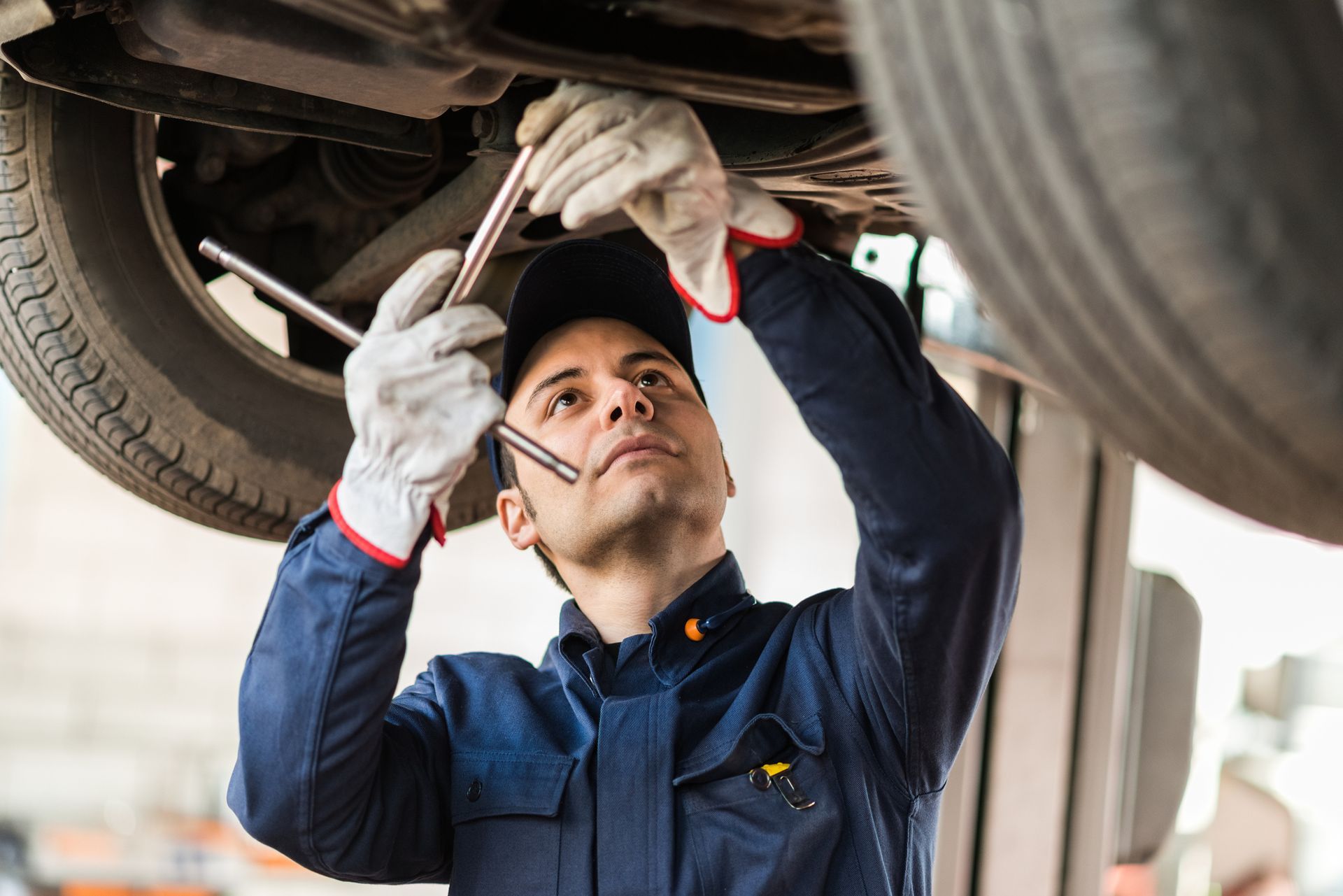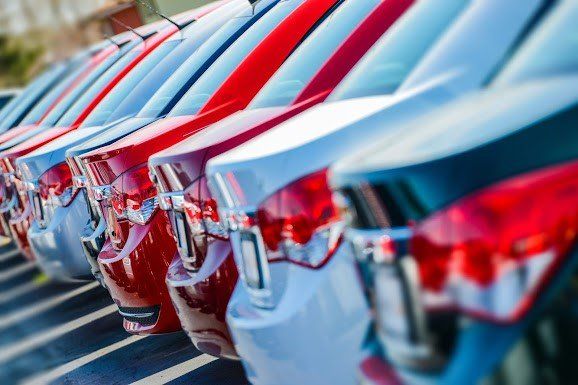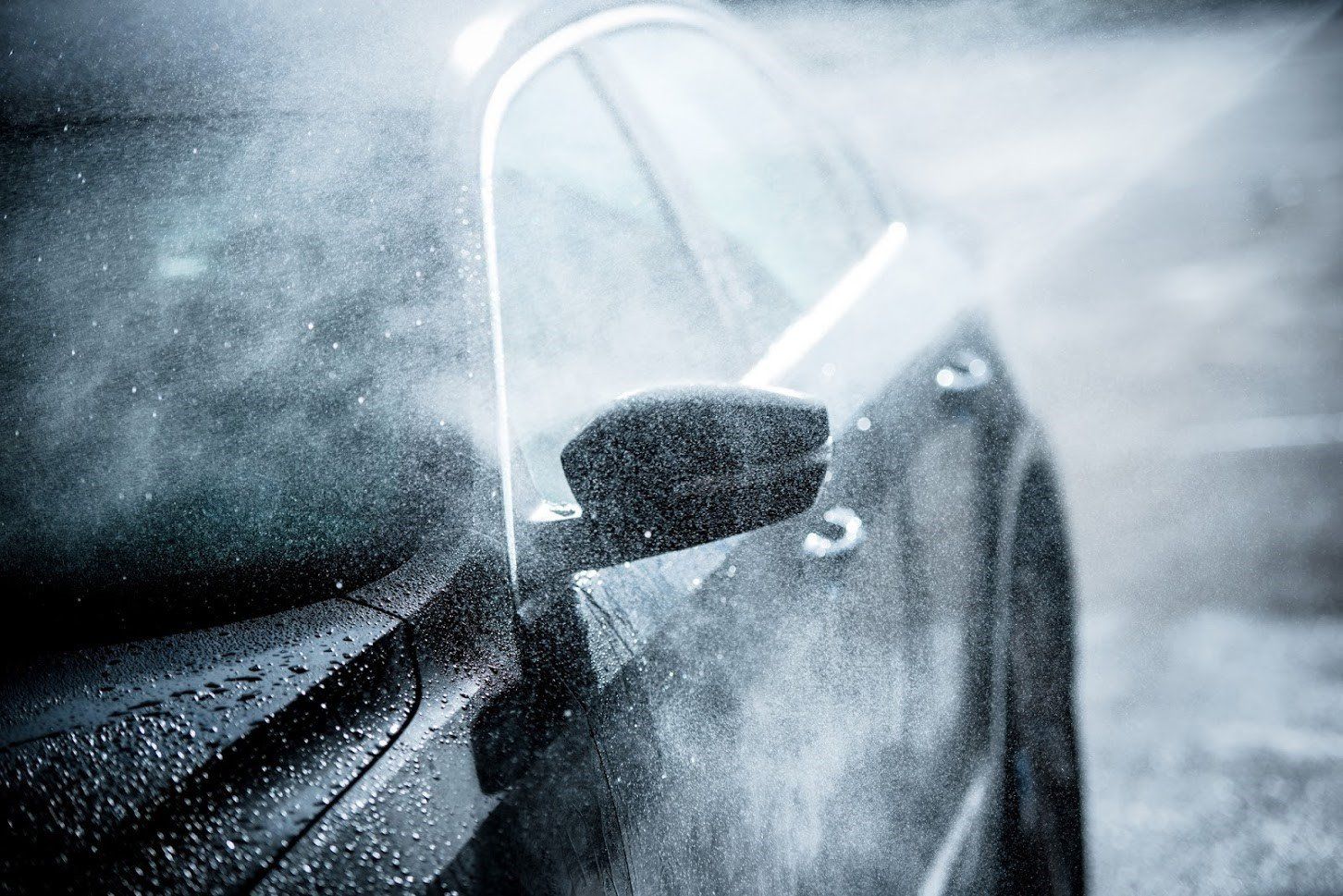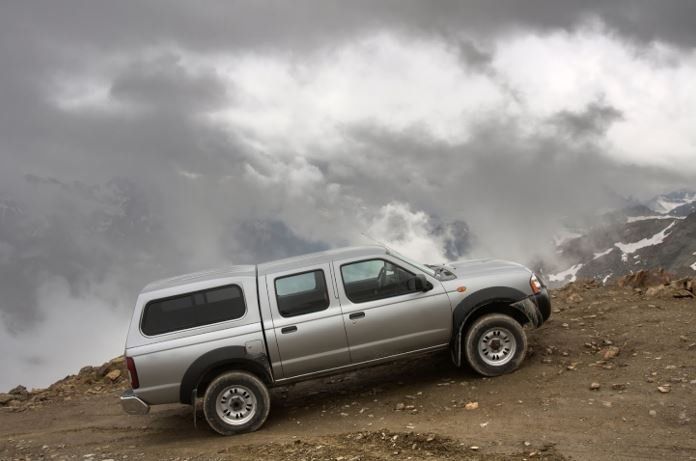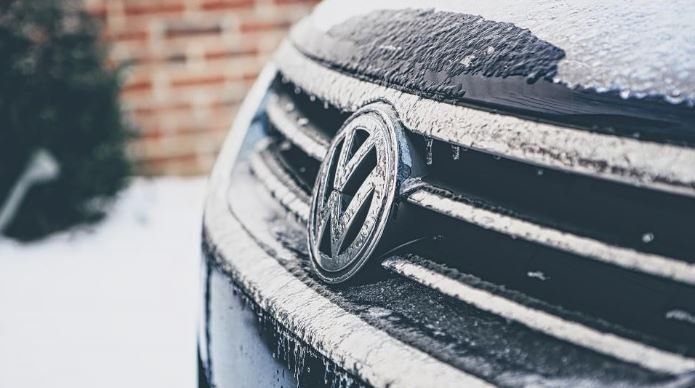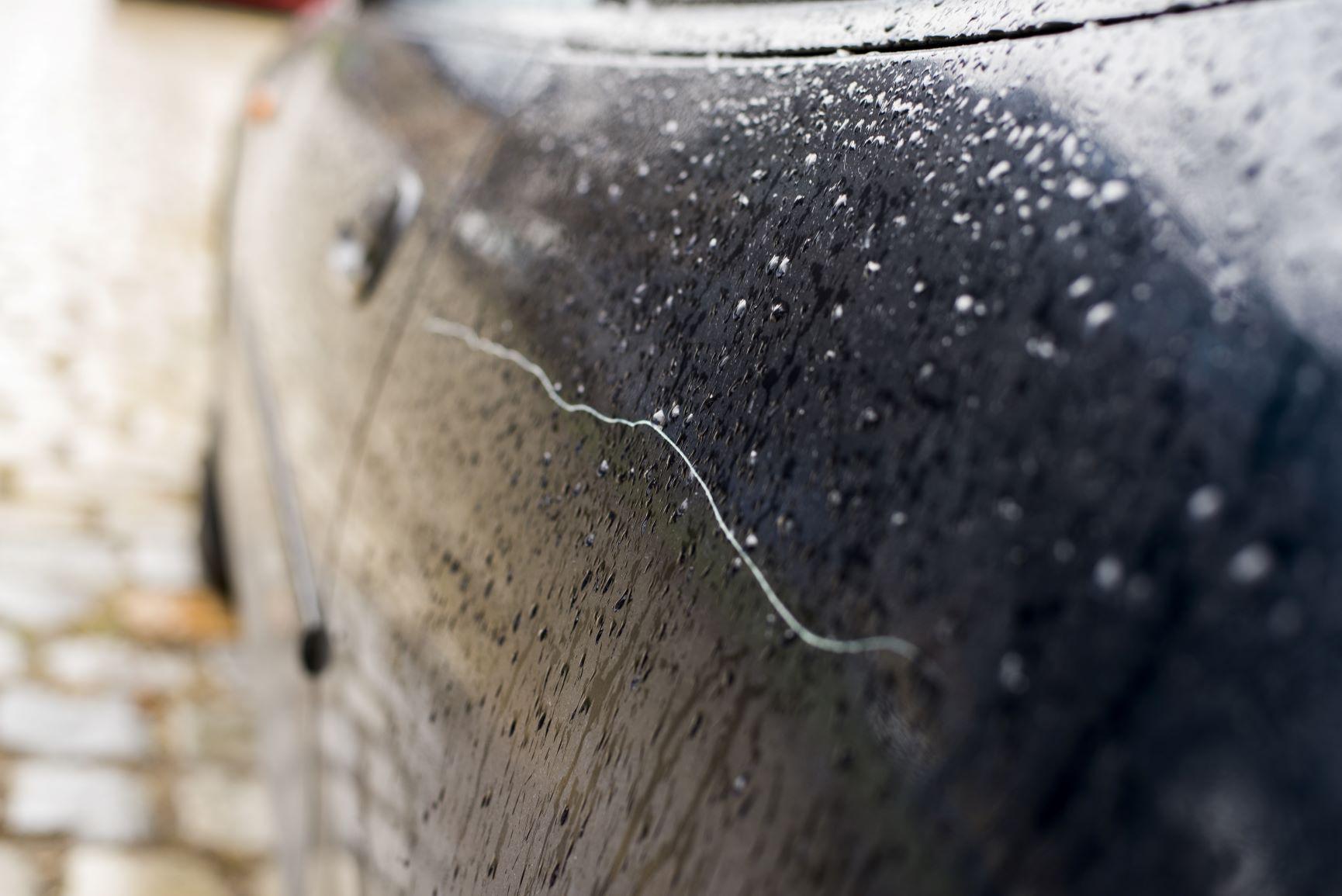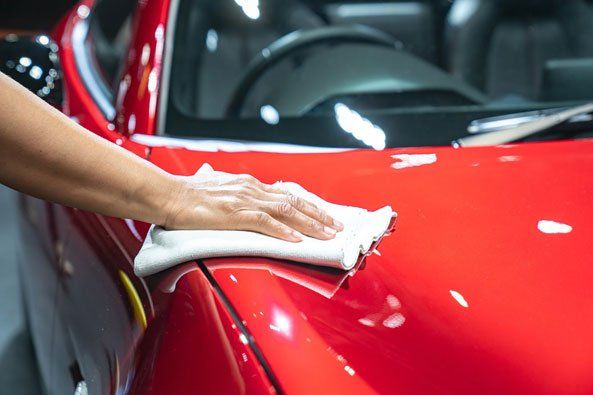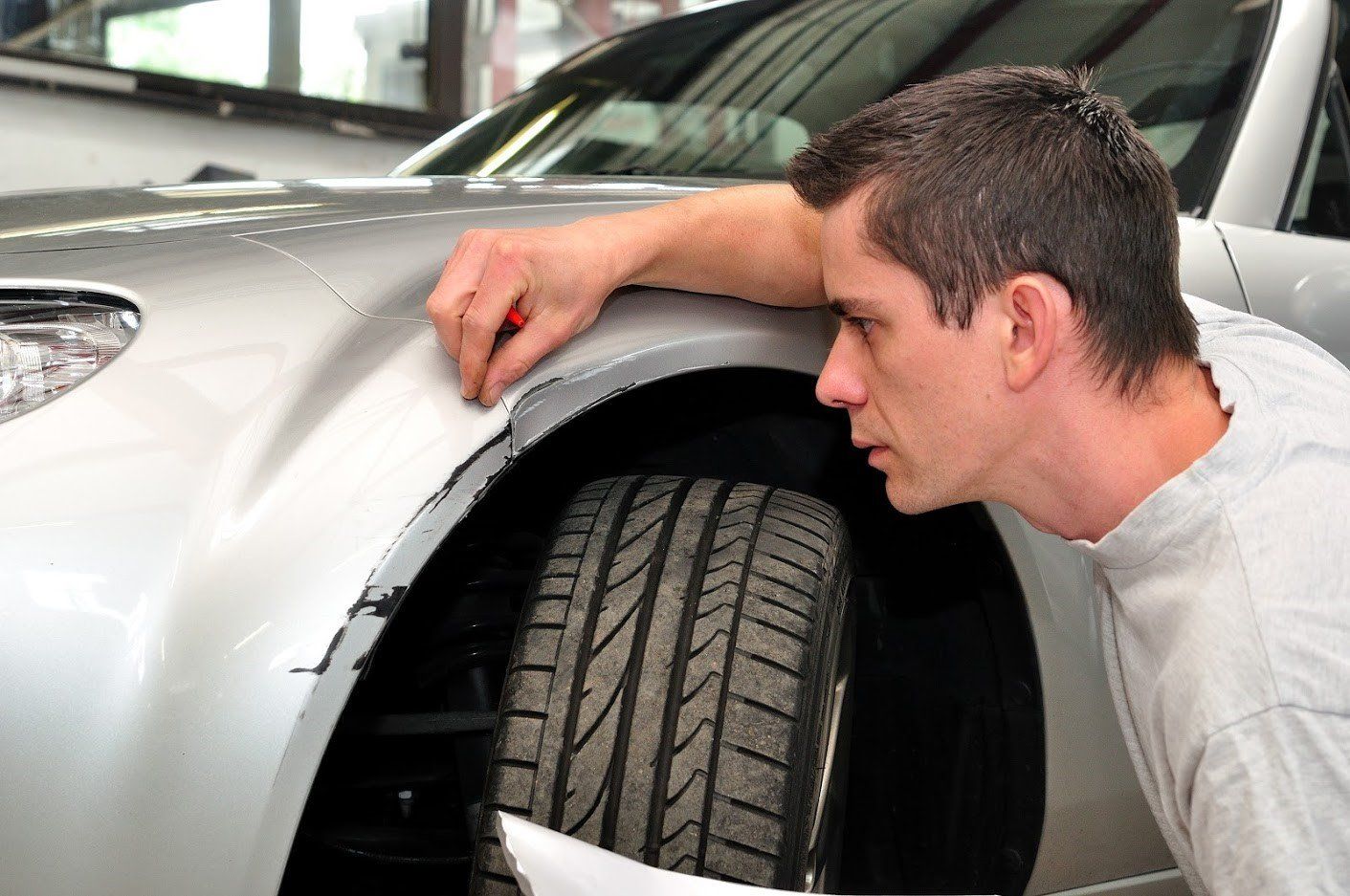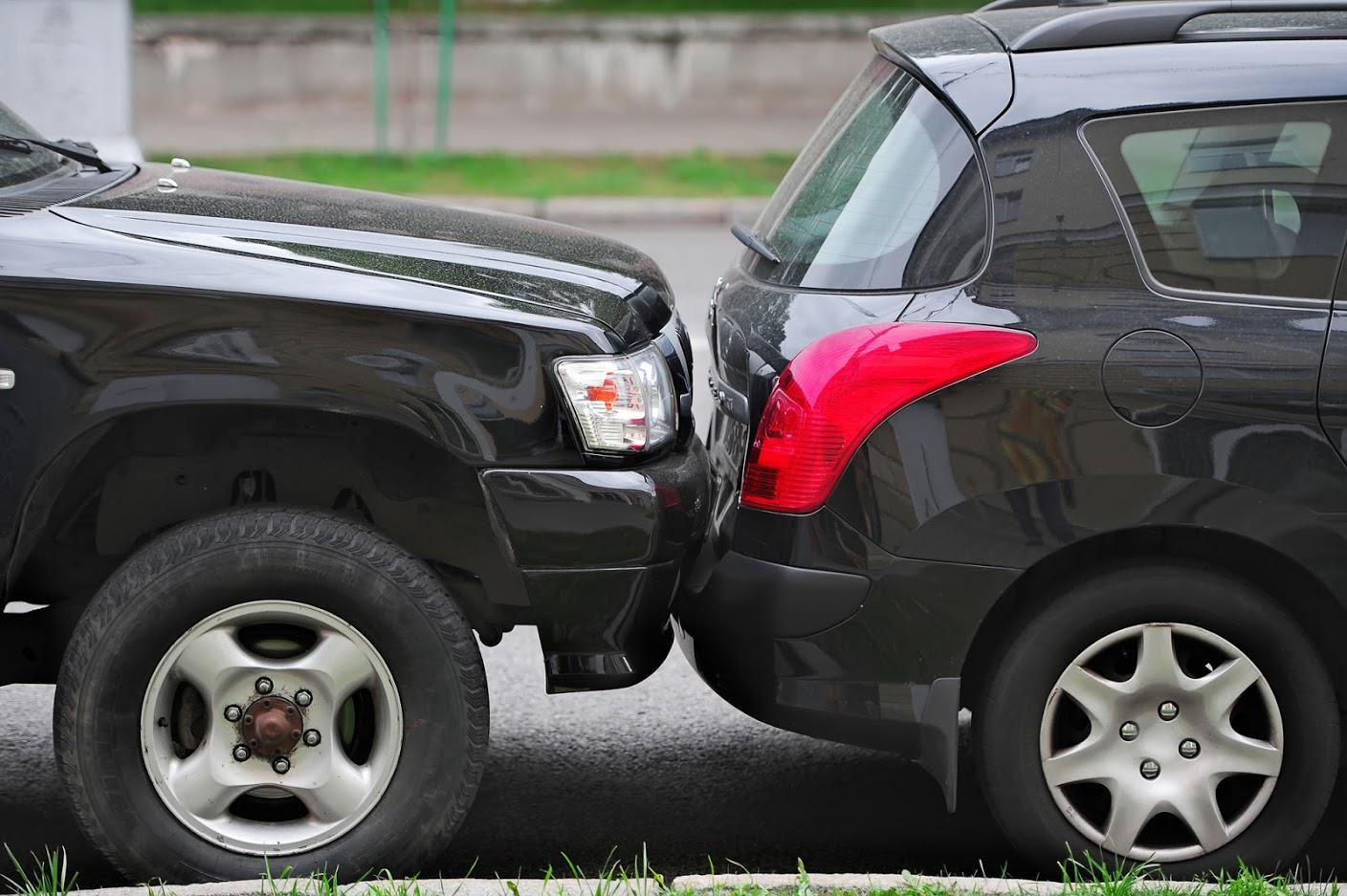Ditch the Dents | Olson’s Auto Body
One of the most attractive features of a new car is its shiny, unblemished paint job. Unfortunately, many vehicle owners feel unable to maintain this new car exterior while navigating through the potential hazards of construction zones, parking lots, or long-distance trips.
While maintaining your vehicle's paint requires dedication, using the following eight tips can prevent the vast majority of chips, dents, dings, and scratches.
1. AVOID TREE-SHADED PARKING
Many drivers know that direct sunlight can threaten the integrity of their car paint. However, these same drivers may seek shelter under trees and unintentionally expose their paint to even more serious hazards: animal damage.
Bird guano, squirrel claw scratches, and squashed insect fluids can all cause serious issues for your paint. To reduce your vehicle's exposure to the animal kingdom, park away from natural foliage.
2. BE CONSCIENTIOUS ABOUT FLUIDS
While your car requires specific fluids to run normally, many of these liquids can cause your paint to peel. Whenever you work with fluids, whether you're filling up your gas tank or changing your own oil, exercise care to keep the liquid away from your paint.
3. CONSIDER PAINT-PROTECTION COATINGS
One of the most effective ways to reduce the risk of scratches and other surface damage is to place a barrier between your paint and everything else. Consider a professional protective coating for long-term protection.
For a cheaper, but more labor-intensive solution, add a thorough waxing with a high-quality automotive wax to your car wash routine.
4. DON'T USE YOUR CAR AS A TABLE
When you think about threats to your car paint, you probably don't put yourself on the list. However, placing foreign objects on your car can cause chips and scratches just like other hazards.
Don't use your car as a table, chair, or step stool. Additionally, be careful not to let other objects like rolling garbage cans or bicycles collide with your car.
5. EXERCISE CAUTION IN HIGH-RISK ZONES
While you cannot protect your paint job from all of the potential debris you may encounter when driving, you can practice driving habits that reduce your risks. For example, driving more slowly with a bigger following distance in construction zones reduces the risk of small rocks and other debris pitting the paint.
6. PARK AWAY FROM OTHER CARS
Whenever you park in a public place, survey the lot as you pull in. If you can park farther away from other cars, then your car becomes less vulnerable to door dings, fender benders, and shopping cart collisions. You can also park farther away from cart returns and store entrances to provide your car with a larger buffer.
7. PARK IN A GARAGE
Whenever you can park under cover, do so. This step reduces the risk that direct UV light will fade or weaken your car's paint job.
Additionally, you should park in a parking garage or residential garage as often as possible, especially in extreme weather conditions. The expansions and contractions caused by high and low temperatures can cause hairline cracks, which may contribute to auto body corrosion over time.
8. TAKE THE TIME TO DETAIL
If your paint job is a high priority, then you should add regular car washes to your schedule to remove potentially abrasive debris. As you wash, be sure to use high-quality solvents and appropriate cleaning equipment to ensure that you don't accidentally scratch your paint in the process.
Use the guidelines listed above to reduce the risk of paint damage to your vehicle over its lifetime — no matter where the road takes you. If your car has already sustained exterior damage, entrust your paint and auto body repairs to our experienced team at Olson's Auto Body.

